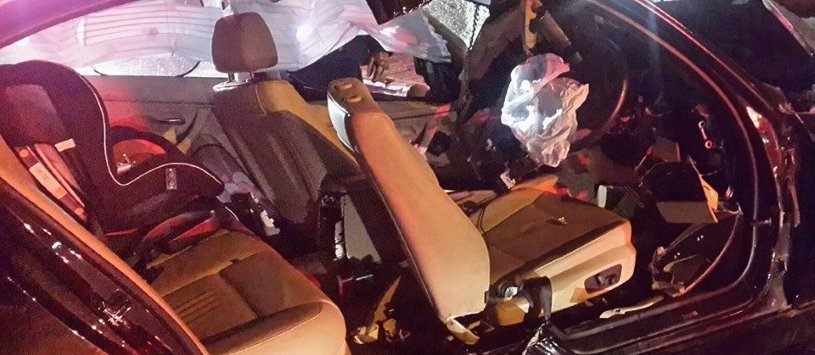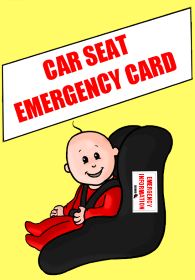
Beyond the Car Seat
When parents think of how to protect their children in an accident, they usually focus on child restraints and seat belts. You may already have found the safest baby car seat, and you may be a pro with securing her in it. That’s great!
But what happens if you or your child’s caregiver is unconscious and unable to communicate when first responders arrive on the scene? Unless your child is both conscious and able to verbally give emergency information, first responders could be missing vital knowledge that can help them save your child’s life.
What you can do to help
Way too often do firefighters come upon a car wreck with child(ren) in the car who are too young to have any info and…
Published on Rose City Area Fire Dept March 4, 2018
The Rose City, MI Fire Department shared this tip on Facebook in a post from March 4, 2018. Two minutes is all you need to make sure first responders have access to that information quickly. How? Write it on a piece of paper or index card and tape it to the car seat.
It sounds simple enough, but be sure to include the following:
- Your child’s name
- Your child’s date of birth (DOB)
- Parents’ names, phone numbers and DOB
- At least one caregiver’s or emergency contact’s phone number
- Medical information / special needs
- Allergies if any
- Medications
- Pediatrician’s name and phone number
Increase the odds

To get the most benefit out of an emergency info card, there are a few things you can do as well. Attach the card somewhere on the car seat that’s not highly visible from outside the car to protect your and your child’s privacy. Alternately, you can hide it under another piece of paper that says “In Case of Emergency.”
This information can cut valuable minutes from the response time and reduce the likelihood of medical mistakes. Also, if you’re not able to be with your child, it will allow the responders to contact someone your child knows to be with her so she’s not as afraid.
Update the card when any of your information changes (i.e. you got a new cell phone or changed doctors). Attach copies to any other car seats your child rides in.
Not just for babies
Infants and toddlers aren’t the only children who can benefit from an emergency card. It’s also important for children with special needs (i.e. nonverbal autistic or deaf). Of course, not every first responder will look for this information after every accident, but it’s there if they do.
Your local police, fire department or hospital may even have CHAD (Children Have An iDentity) stickers that you can fill out with this information. If they don’t, tell them about the stickers and ask them to supply them for your community. Hand them out to your daycare or preschool providers, babysitters, family and friends.